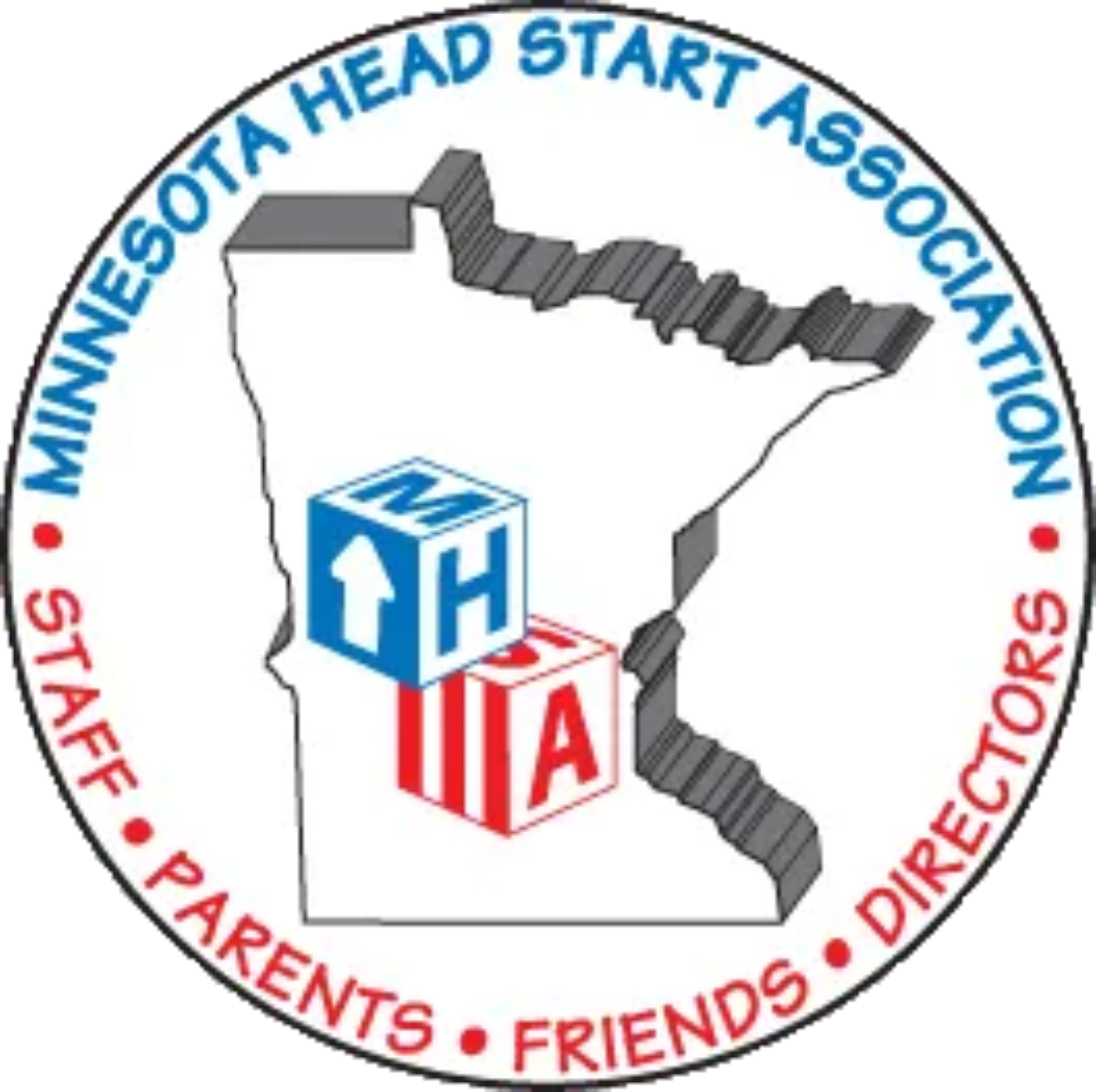July 18, 2019 | Vol. 6 No. 16
The AAFP strongly opposes any changes to the federal government's definition of poverty that reduce eligibility for Medicaid, the Supplemental Nutrition Assistance Program, and other federal programs on which many low-income Americans depend.
- American Association of Family Physicians
Many such programs use the poverty line to determine eligibility, and these programs — and the numbers of people losing assistance altogether or receiving less help — would increase with each passing year.
- Center on Budget and Policy Priorities
On more than one occasion I’ve used this space to criticize the nation’s Federal Poverty Guidelines, which for all intents and purposes have essentially remained unchanged since they were established 55 years ago. In 2019, a three-person household must earn a total of $21,330 during the year to remain above the poverty threshold. And, for every additional member of the home, you add a rather meagre $4,420 to arrive at the poverty level for a family that size.
Put another way, it would appear our government believes that a little more than $4,000 is sufficient to meet the basic needs of one American for a year. Let that resonate for a moment.
Unfortunately, these guidelines also don’t account for geographic differences in cost of living related to such markers as housing, transportation, utilities, health care and child care among others. So, the poverty guidelines for a family living in St. Francis, Kansas (population 1,294) are the same for one living in San Francisco, California with a population slightly less than 900,000.
What is more — as several studies have revealed — is that in addition to the approximately 40 million Americans who officially live below the poverty line, another 50 million or so are “near poverty.” Plus, an estimated 50 to 60 million more can be classified as “economically insecure.” Combined, those figures represent nearly one-half of the country.
Once, in the television show The West Wing, a fictional Democratic administration wrestled with the idea of raising the poverty threshold. On one hand, it would have increased the number of Americans able to access critical resources and services. On the other hand, it would have significantly increased the documented number of poor people (reflecting negatively on that administration).
Today, in real life, the current administration has floated a proposal that, through the implementation of a “lower inflation measure,” would actually lower the poverty guidelines. Again, this is not fiction; nor, however, should it be a partisan issue. It is rather, at its very core, a human rights issue in which the health and wellness of millions of low-income Americans is at stake.
Citing a report from the Center on Budget and Policy Priorities (CBPP), the American Association of Family Physicians (AAFP) has contacted the United States Office of Budget and Management to unequivocally declare that the proposed changes to how poverty is measured could “endanger millions.”
For example, according to the data from the CBPP, more than a quarter-million seniors and Americans with disabilities could lose their Medicare Part D subsidy. Additionally, another 150,000 would now have to pay more than $1,500 a year in premiums simply to maintain the services of a Medicare physician.
Likewise, hundreds of thousands of children would “lose comprehensive coverage through Medicaid and the Children’s Health Insurance Program (CHIP)” as would scores of pregnant women. Such losses in benefits and services to low-income households is just the beginning.
Many families who benefit from the Supplemental Nutrition Assistance Program (SNAP) would be affected, as would those that rely on the ACA (Affordable Care Act) marketplace to secure health insurance. And, thousands upon thousands more would no longer be eligible for important tax credits which they desperately need to help them make ends meet.
According to both the AAFP and CBPP, some of these losses would be incurred immediately while other reductions would incrementally occur over the coming years. Either way, the negative impact on far too many of our families would be absolutely devastating.
In fervently arguing against this proposal, The AAFP refers to numerous reports that underscore the definitive impact that these vital programs “have on health outcomes, self-reported health, financial security, access to care, and utilization of services.”
Not only do these programs work, but access should be expanded as opposed to being reduced. After all, in spite of America’s record economic growth over the past decade, new studies reveal that the wealth gap continues to increase. Moreover, nearly three-fifths of all Americans (including roughly two-thirds of all children in this country) are now living in what is called “asset poverty,” which means they don’t earn enough annual income to have a savings account or acquire any “meaningful financial assets.”
For an agency such as the one I lead, the ultimate goal is to lift people out of poverty as they chart a course toward financial independence. Until then, we must do everything within our power to reduce the impact of poverty on those we serve.
The proposal from the current administration just kicks more and more Americans to the curb. It is outrageous. It is malicious. It is unconscionable.










